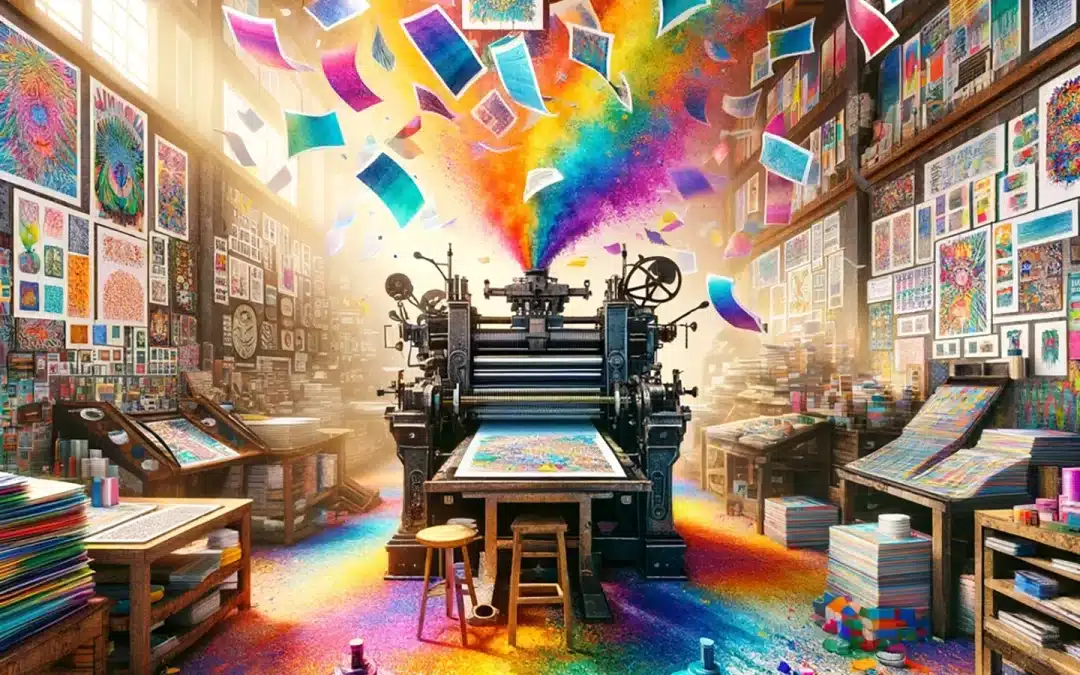Color is a powerful tool in visual communication, capable of conveying emotions, reinforcing the message and attracting the viewer's attention. In print projects, the choice of colors is crucial as it affects not only aesthetics but also the way the audience perceives and interacts with the material. This article explores the essential considerations for choosing the colors that will make your print projects a success.
Understanding Color Psychology Color psychology studies how hues influence human perception and behavior. Each color can evoke different emotions and associations:
Red Power, passion, urgency.
Blue Trust, peace of mind, professionalism.
Green Growth, health, sustainability.
Yellow Optimism, caution, prudence.
Black Elegance, sophistication, mystery.
By understanding the emotional impact of colors, you can choose palettes that reinforce the message of your brand or project.
Technical considerations :
CMYK vs. RGB Printing uses the CMYK (Cyan, Magenta, Yellow, Black) color model, which differs from the RGB (Red, Green, Blue) model used by monitors. This difference means that colors can appear differently when printed. It's crucial to work in the right color space from the outset to avoid unpleasant surprises. Test printing to see how colors translate on paper is also an important step.
Choosing Colors for Your Audience
The demographics of your audience can influence your color choices. Color preferences can vary according to age, gender and culture. For example, bright, bold colors may resonate better with a younger audience, while more subtle, sophisticated hues may be preferred by an older or professional audience.
Color Trends
While it's essential to stay true to your brand identity, being aware of color trends can help you stay current and relevant. Trends can offer inspiration for your print projects, but they must be used thoughtfully and aligned with your overall message.
Contrast and legibility
Contrast between text and background is crucial to legibility. Make sure your color choices offer enough contrast to make text easy to read. Using complementary colors can improve clarity and make your designs more dynamic and attractive.
Test Your Color Choices
Before final production, it's essential to test your color choices. Print proofs can help you see how colors interact with each other and with the chosen paper. These tests can reveal adjustments needed to achieve the desired effect.
Conclusion:
Color as a Communication Tool The choice of colors in your print projects is a fundamental aspect of design that goes beyond aesthetics. The colors you choose have the power to communicate, influence and engage. By taking into account color psychology, technical considerations, your audience, trends, contrast and legibility, you can make color choices that reinforce your message and captivate your audience. Remember, the right use of color can turn a good project into an unforgettable creation.

